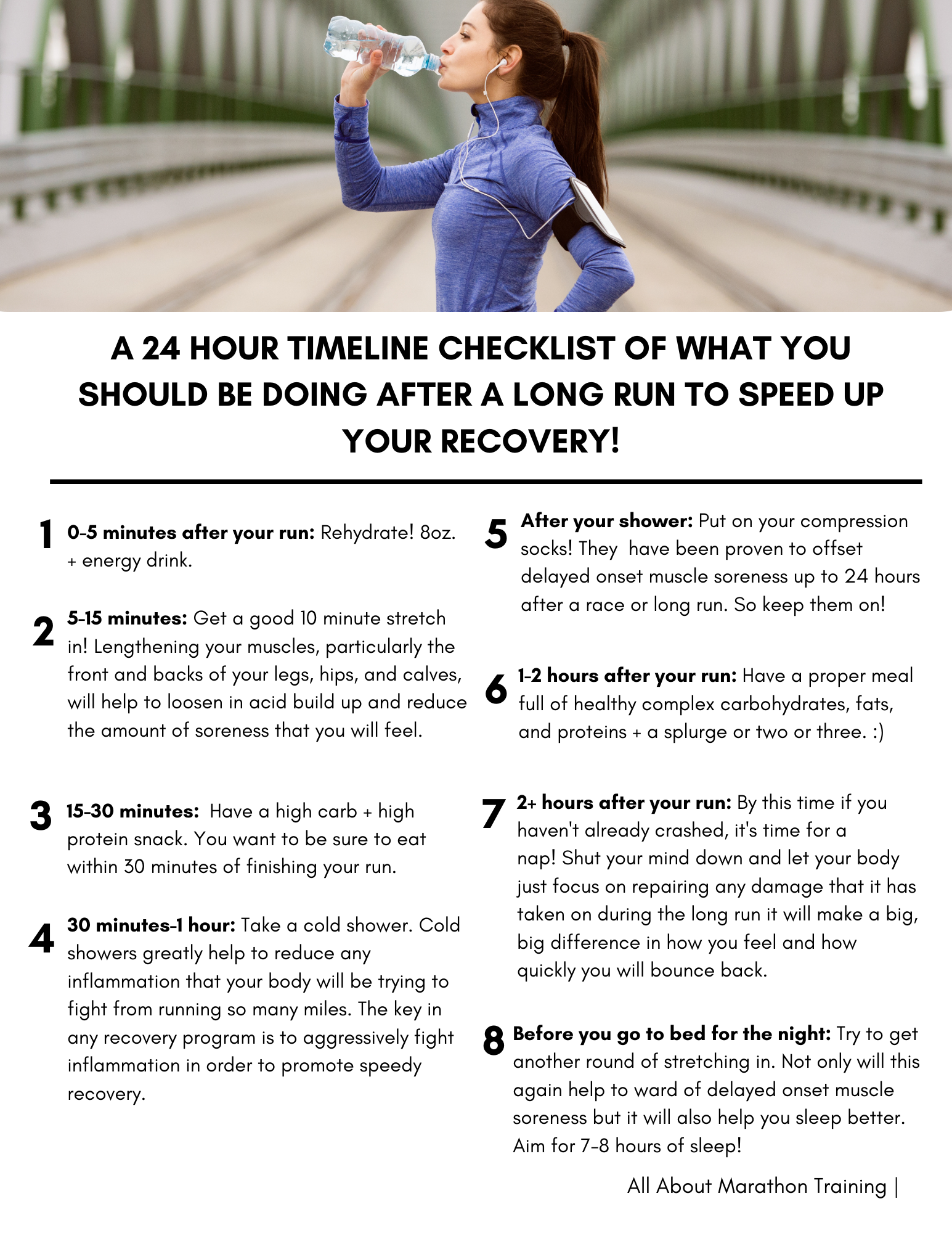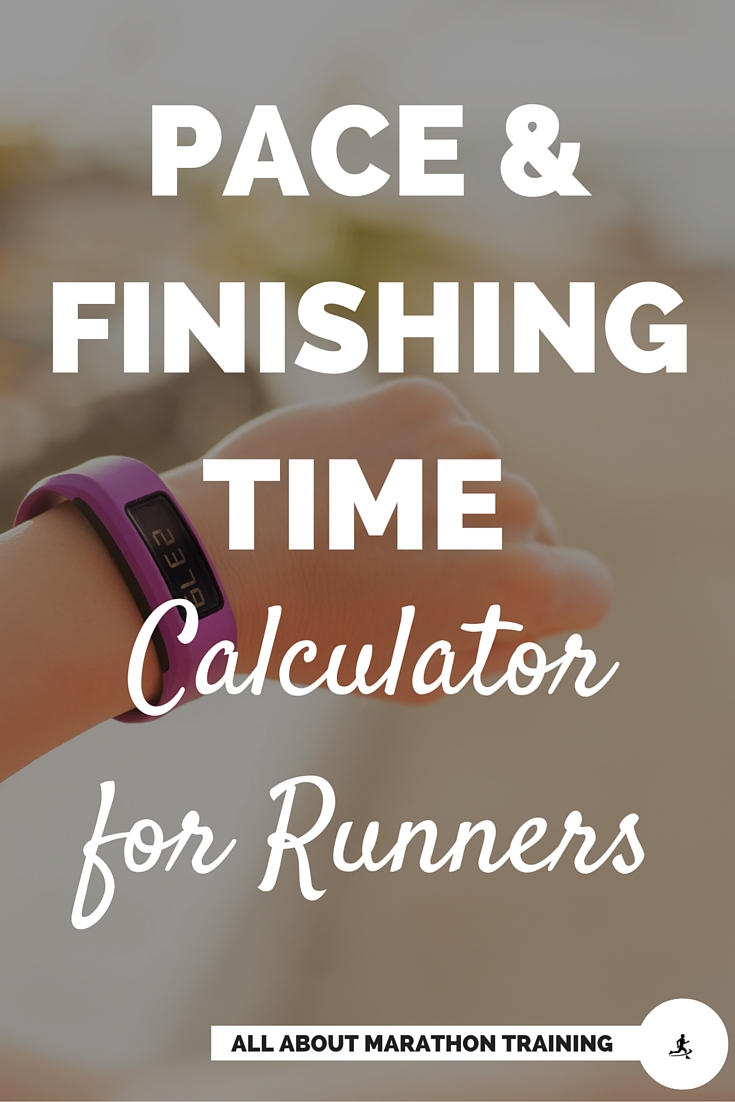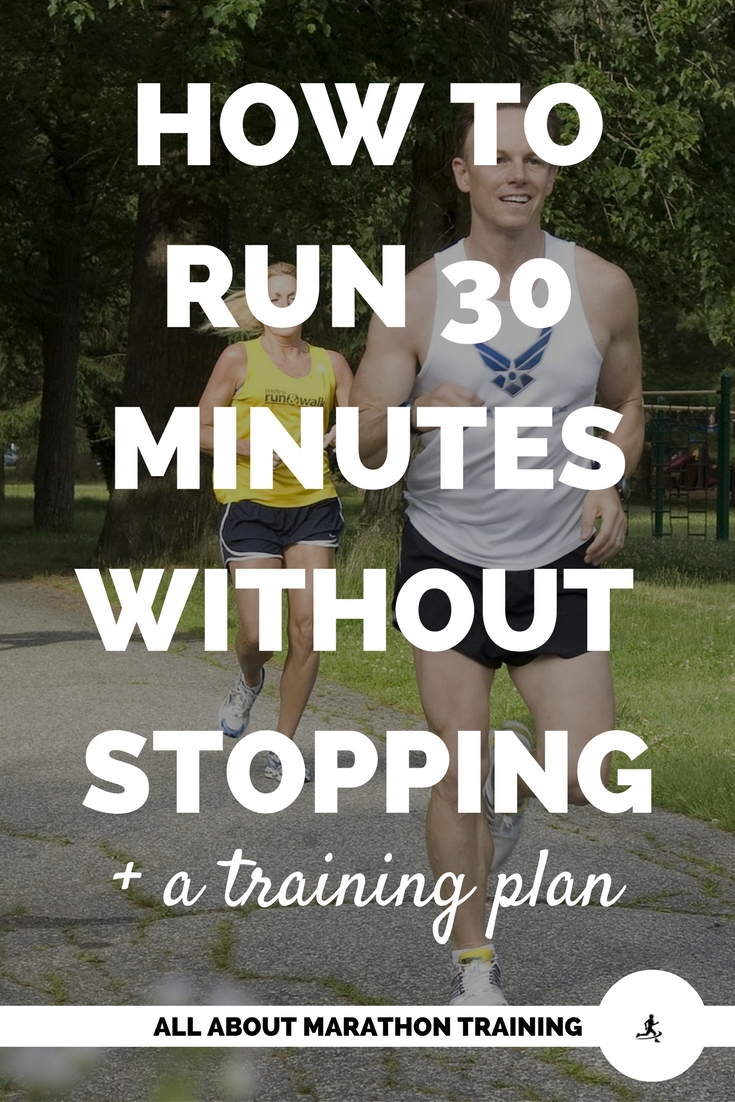Finding & Training with Your Max and Target Heart Rate
Monitoring your heart rate during a run can be very beneficial to all runners but especially for beginners who are just learning how their body is adapting to running.
It can give you a good indication of whether or not you need to back off or up the intensity level.
It does this by letting you know the work level that your heart is performing at by calculating how many beats per minute your heart is beating.
What is Your Heart-Rate and what importance does it have with your running?
Your heart-rate (HR) is how many times your heart beats per minute (bpm).
Knowing your HR can help to determine what your fitness level is.
The average beats per minute for a resting adult is typically between 70-100 bpm. Having a lower HR than 70 bpm is typical in endurance and elite athletes. However anything too low or too high can indicate a medical condition.
When you exercise, your HR will increase to match the intensity and the workload that you are working at.
When you stop the exercise, your HR will decrease. In general, the harder you work, the higher your heart rate should be.
Heart Rate Training is training based off of how hard your heart is working or how many beats it is beating per minute of exercising.
Your HR can be a great guide in training IF:
- The weather is appropriate - not too hot and especially not too humid. Either of these conditions will automatically make our heart work harder than normal.
- You actually know what your maximum HR is. (we will find yours soon!)
Heart Rate Training - what percentage should you work at?
Your target HR that you want to train at will completely depend on the goal of your training run. And....you should always have a specific goal for each training run!
Here is a break down of the benefits of working at different HR percentages:
60-70% HR - Easy pace
Strengthens your heart and cardiovascular system.
70-80% HR - Average pace
Builds your endurance
|
80-90% HR - Uncomfortable pace |
Threshold training pace - improves your ability to run while your body is under stress. |
90-97% HR -Hard pace
Interval training. Builds speed.
A regular runner/exerciser going out on an average paced run will probably run at about 60% to 70% of their maximum HR rate.
If you want exact training pace prescriptions for each running workout you do, Train Faster + Smarter helps you personalize this!
What is Your Target Heart Rate during Exercise?
Before you find your target HR, you first need to find your maximum HR.
There is a simple calculation you can do to find your appropriate exercise rate - target HR.
First we need to find your Maximum Heart Rate.
A lot of people commonly figure out their target rate by the traditional equation: 220 - your age. However this is associated with a 10 to 12 bpm error.
The American College of Sports Medicine recommends using the more accurate equation:
206.9 - (0.67 x your age)
This equation estimates that there is a much lower error range of only 5 to 6 beats per minute.
The answer to 206.9 - (0.67 x your age) will give you your maximum rate.
In order to find your target HR for a run:
You will need to find your max rate and then figure out what is between 70-80% of that number.
-
Multiply your age by 0.67
- Subtract your answer by 206.9. The answer to this will be your Max HR.
- Multiply your Max HR by the percentage intensity that you want to work at - so a number between 0.60 - 0.80 (60-80%).
The answer will be your target rate.
For example if you are 30 years old:
- 0.67 x 30 = 20.1
- 206.9 - 20.1 = 186.8
- 186.8 x 0.75 = 140.1 bpm
Therefore you would try to exercise at about 140.1 beats per minute.
How to keep track of you heart rate when running:
There are two ways to keep tabs on your HR while running:
1. Invest in a watch that has a heart rate monitor.
I'm partial to the FitBit Blaze.
2. Count your pulse. To do this:
Find your pulse on your inside wrist by using your index and middle finger. (Never use your thumb as it has its own pulse and will give you and inaccurate count.)
Time yourself for 15 seconds counting the beats starting with the number 0.
Then multiply by the number 4 (since there are 60 seconds in a minute). This will be your pulse rate/HR.
A lot of runners tend to ignore the rate of their heart intensity and just do what is comfortable for them.
This is fine but there is a lot of information that can be gathered about how hard you are working and how fast you can continue to push yourself by keeping track of your HR.
Don't forget about this simple tool!
Related Pages:
I'd Love to stay in touch!
Join 23,000+ Other runners and receive my weekly training newsletter!
I'll send you my free 24 Hour Timeline Checklist of Things You Should Do After a Long Run when you sign up!

As featured on:








New! Comments
Have your say about what you just read! Leave me a comment in the box below.